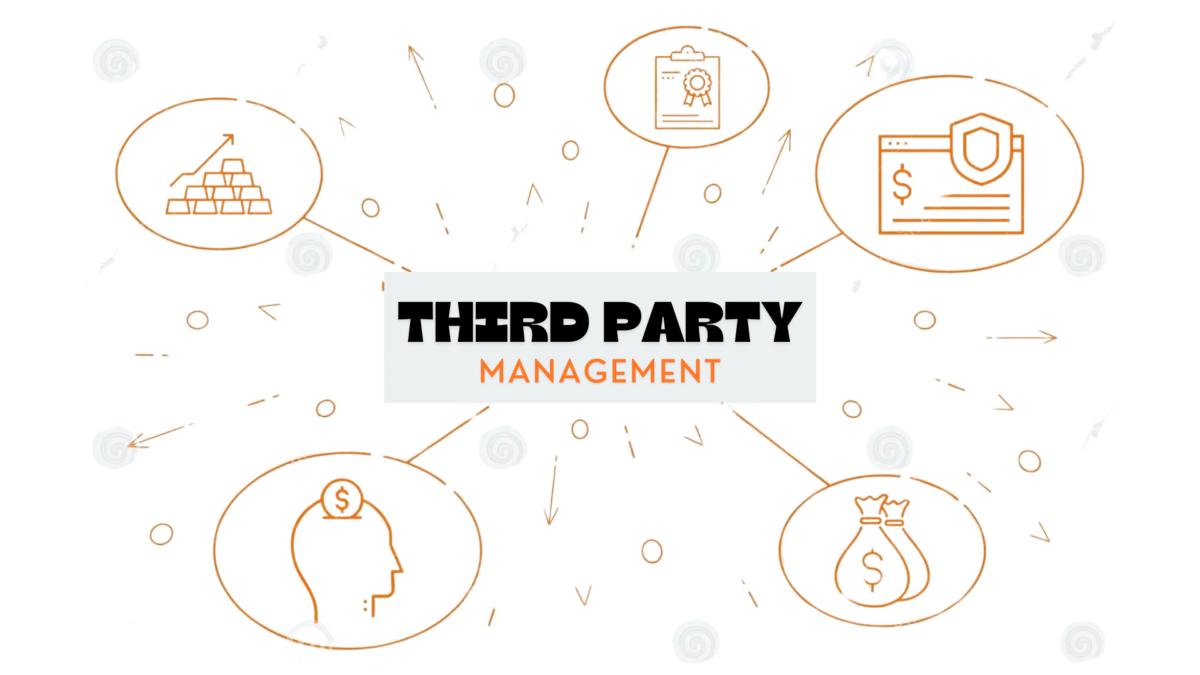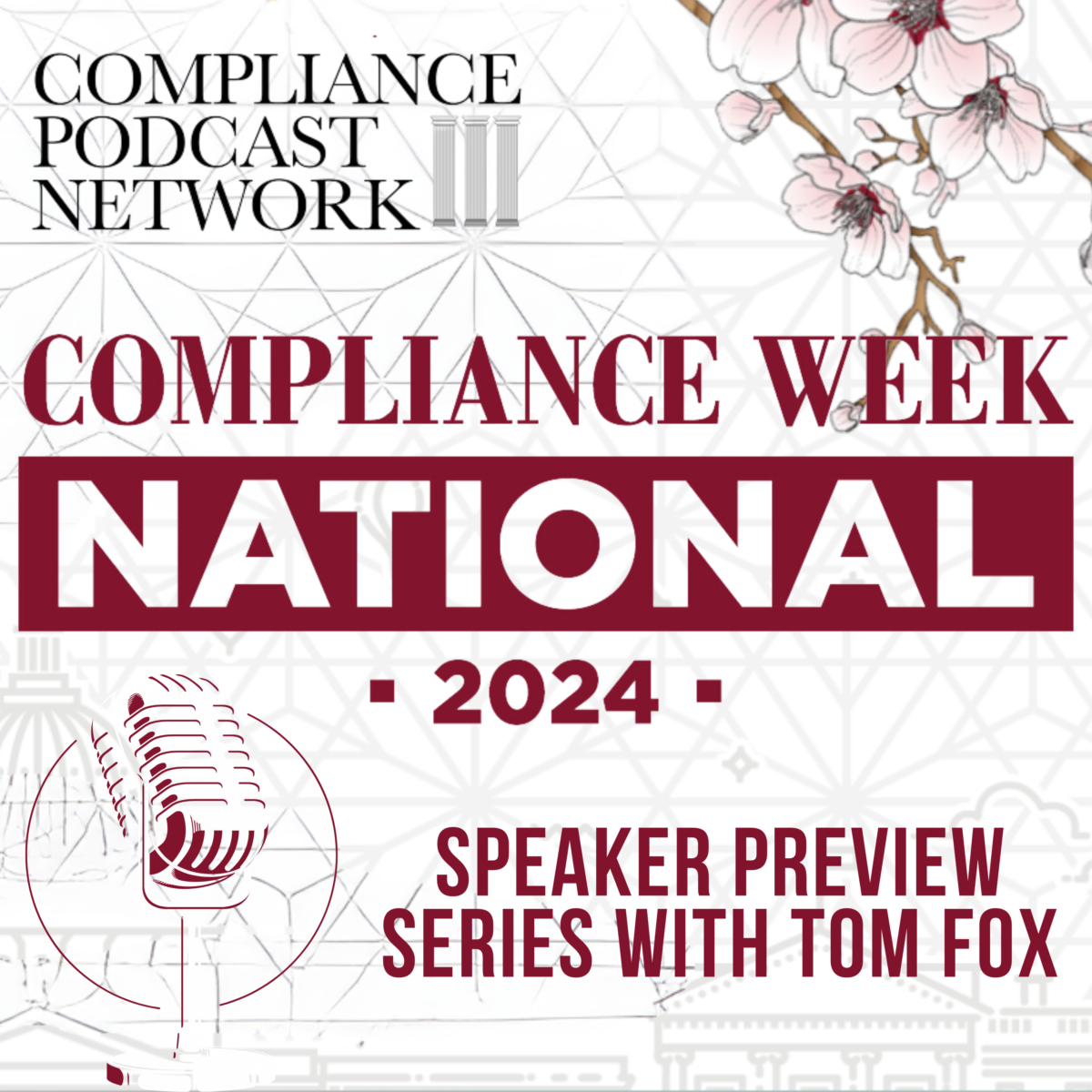Last month, I wrote a blog post on the tone at the top, exemplified in Star Trek’s Original Series episode, Devil in the Dark. Based on the response, some passionate Star Trek fans are out there. I decided to write a series of blog posts exploring Star Trek: The Original Series episodes as guides to the Hallmarks of an Effective Compliance program set out in the FCPA Resources Guide, 2nd edition. Today, I will continue my two-week series by looking at the following hallmarks of an effective compliance program laid out by the Department of Justice (DOJ) and Securities and Exchange Commission (SEC) in the FCPA Resources Guide, 2nd edition. Today, we look at lessons learned on managing third parties from The Omega Glory episode.
Trust, verification, and alignment with core values are paramount in third-party management. These principles are crucial in today’s complex business environment, where organizations rely on external partners to achieve their objectives. Interestingly, these concepts are vividly illustrated in an unlikely source: the classic Star Trek episode The Omega Glory. This episode provides a fascinating backdrop for exploring the intricacies of third-party management. Today, we dive into the narrative and draw valuable lessons for managing third-party relationships.
In The Omega Glory, Captain James Kirk and his crew encounter a planet named Omega IV, where two factions, the Yangs and the Kohms, are locked in a perpetual conflict. The Yangs parallel the American patriots of the Revolutionary War, while the Kohms resemble the communists. The Enterprise crew discovers that a Starfleet officer, Captain Ron Tracey, has violated the Prime Directive, the Federation’s core principle of non-interference, by intervening in the planet’s internal affairs to gain immortality from the planet’s unique properties. Tracey’s actions cause chaos and disrupt the natural progression of Omega IV’s societies. In the end, Captain Kirk is forced to confront Tracey and restore balance, emphasizing the need for adherence to principles and respect for the natural order.
Lesson 1: The Importance of Adhering to Your Core Values
One of the primary lessons from The Omega Glory is the significance of adhering to core values and principles. In the episode, Captain Tracey abandons the Prime Directive to pursue personal gain, resulting in disastrous consequences. This mirrors real-world scenarios where third-party relationships can be compromised when organizations or individuals prioritize short-term gains over long-term values and ethical standards.
Organizations must ensure their partners share and adhere to the same core values when engaging with third parties. Establishing clear guidelines and ethical standards is essential for maintaining alignment and preventing deviations that could harm the organization’s reputation and objectives. Regular audits and assessments help verify that third parties operate by these values.
Lesson 2: The Necessity of Due Diligence and Verification
Captain Tracey’s actions underscore the importance of due diligence and verification. He assumed that the planet’s properties could provide eternal life without fully understanding the implications of his interference. This assumption led to unintended consequences and endangered his crew and the planet’s inhabitants.
Due diligence is a critical component of third-party management. Organizations must thoroughly assess potential partners to evaluate their capabilities, integrity, and compatibility with organizational goals. Verification processes, such as background checks, financial audits, and compliance assessments, ensure that third parties meet the required standards. Regular monitoring and ongoing evaluations help maintain transparency and accountability in the relationship.
Lesson 3: The Dangers of Unchecked Authority
Most compliance professionals rarely see unchecked power from third parties, yet this episode provides important insight for compliance professionals. Captain Tracey exercises unchecked authority, disregarding Starfleet regulations and the ethical implications of his actions. His uncontrolled power leads to chaos and conflict, highlighting the dangers of allowing individuals or entities to operate without oversight.
Unchecked authority in third-party management can lead to breaches of trust, legal violations, and reputational damage. Organizations must establish clear governance structures and oversight mechanisms to ensure third parties operate within defined boundaries. Implementing robust contractual agreements, performance metrics, and reporting frameworks can help maintain control and mitigate risks associated with third-party relationships.
Lesson 4: The Role of Communication and Collaboration
Throughout the episode, communication breakdowns contribute to misunderstandings and conflicts. Captain Kirk ultimately resolves the situation by facilitating dialogue and collaboration between the Yangs and the Kohms, emphasizing the importance of open communication in resolving disputes and achieving mutual understanding.
Effective communication is a cornerstone of successful third-party management. Organizations should establish open lines of communication with their partners, fostering a collaborative environment that encourages feedback, transparency, and problem-solving. Regular meetings, status updates, and joint planning sessions help align objectives and address potential issues before they escalate. This will also help manage the commercial relationship after the contract is signed.
Lesson 5: The Need for Flexibility and Adaptability
The episode highlights the need for flexibility and adaptability in complex situations. Captain Kirk’s ability to adapt to changing circumstances and devise innovative solutions is crucial in resolving the conflict and restoring balance. Third-party relationships often involve dynamic and evolving challenges. Organizations must remain flexible and adaptable to changing circumstances, such as shifts in market conditions, regulatory requirements, or technological advancements. Developing contingency plans, embracing innovation, and fostering a culture of continuous improvement can help organizations navigate uncertainties and maintain successful third-party relationships.
Third-party relationships also mandate ongoing monitoring from a data analytics perspective. Compliance may need to conduct additional investigation if there are significant changes in the volume of goods sold by a third party or the amount of commissions paid to a particular third-party agent, region, or business unit. However, third parties must understand and receive a steady diet of communication and training on the need to do business ethically and in compliance with your company’s values.
The Omega Glory serves as a compelling training vehicle for the complexities and challenges of third-party management. The episode’s themes of adherence to core values, due diligence, oversight, communication, and adaptability provide valuable insights for organizations seeking to optimize their third-party relationships. By learning from Captain Kirk’s experiences on Omega IV, businesses can enhance their third-party management practices, mitigate risks, and achieve sustainable success in an interconnected world.
In conclusion, organizations must prioritize trust, verification, business justification, and alignment with core values in their third-party management strategies. By adhering to these principles and drawing lessons from unconventional sources like Star Trek, businesses can navigate the complexities of modern partnerships and achieve their strategic objectives with integrity and success.
Join us tomorrow as we consider the lessons on ongoing monitoring and continuous improvement of Spectre of the Gun Ultimate.









